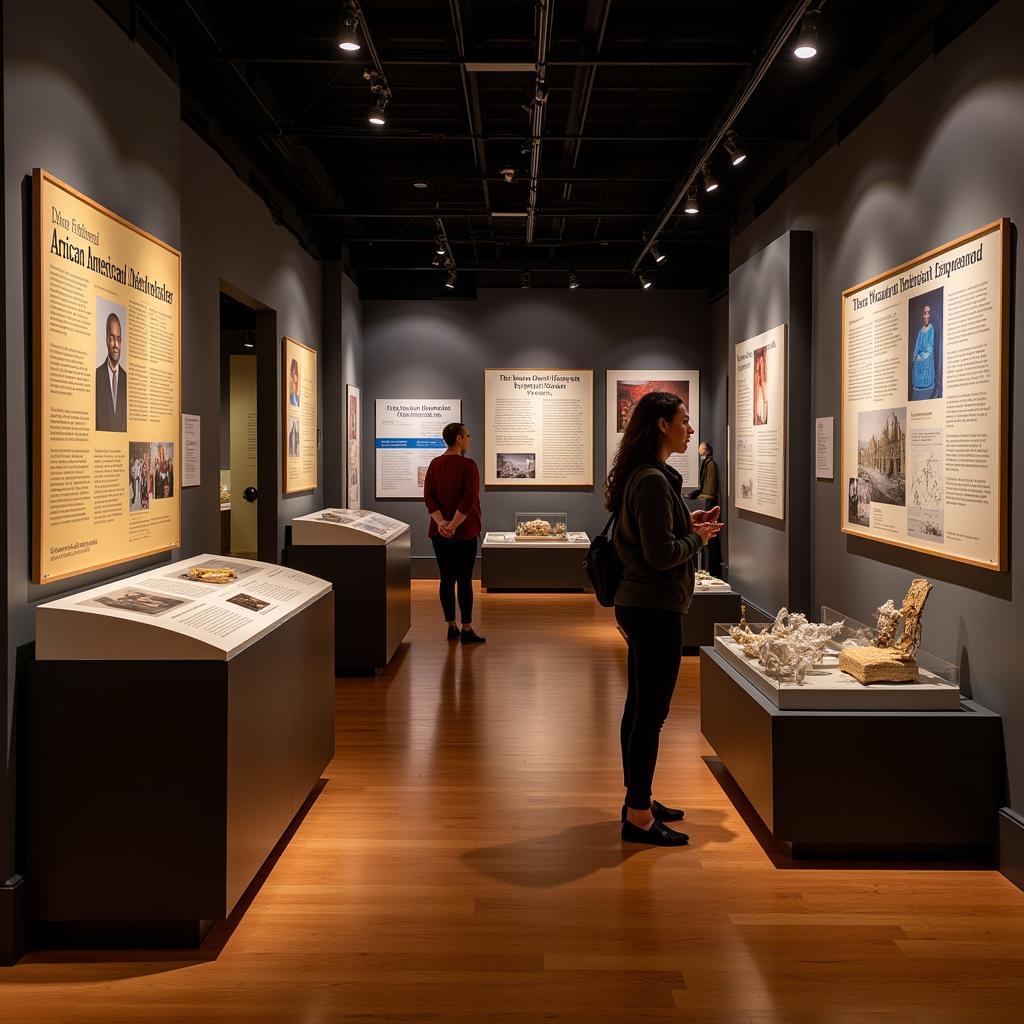Understanding the History and Significance of African American Ladies Strip Clubs
African American Ladies Strip Clubs have long played a complex and fascinating role in American culture, especially within African American communities. While often viewed through a lens of entertainment and nightlife, these establishments have a rich history interwoven with themes of empowerment, resistance, and the struggle for social and economic justice. This article will delve into the origins, evolution, and significance of African American ladies strip clubs, exploring the various facets of their impact on society.
The Early Days: From Vaudeville to Underground Venues
The story of African American ladies strip clubs begins in the early 20th century, as African Americans faced widespread discrimination and segregation in mainstream society. While many historians point to vaudeville as a crucial precursor, it’s important to note that the practice of stripping, often referred to as “exotic dancing” at the time, existed in various forms throughout history. However, the emergence of African American strip clubs as distinct spaces was intrinsically linked to the limitations imposed by Jim Crow laws.
African American performers faced significant barriers in accessing traditional vaudeville venues. These venues were often segregated or excluded performers of color altogether. As a result, many Black entertainers sought refuge in “Black-and-Tan” clubs, which, despite their name, were not exclusively for Black patrons. These clubs provided a space where Black performers could showcase their talents and challenge racial boundaries in a relatively uncensored environment.
In the 1930s and 1940s, as the popularity of striptease grew, African American ladies strip clubs began to emerge as dedicated venues. These establishments were often located in marginalized neighborhoods and operated under the radar, often facing constant scrutiny from authorities.
The Rise of “The Chitlin’ Circuit” and its Impact
The post-World War II era witnessed the rise of “The Chitlin’ Circuit,” a network of nightclubs, theaters, and entertainment venues primarily catering to African American audiences. These venues became hubs for Black music, comedy, and dance, including striptease. The Chitlin’ Circuit provided crucial opportunities for Black performers and artists to showcase their talent and build a loyal fan base.
The emergence of these venues, including ladies strip clubs, played a pivotal role in the development of African American music, especially soul, funk, and R&B. Many legendary musicians, including James Brown, Ray Charles, and Aretha Franklin, got their start performing on the Chitlin’ Circuit. This circuit also served as a platform for Black entrepreneurs, who saw an opportunity to establish businesses and cater to the unique needs and tastes of their community.
Beyond Entertainment: Challenging Gender Norms and Embracing Agency
African American ladies strip clubs were not just spaces for entertainment; they also provided a unique platform for Black women to challenge conventional gender norms and embrace their sexuality on their own terms. In a society that often marginalized and silenced Black women, these clubs offered a space for women to exercise agency, control their bodies, and redefine notions of femininity.
“These clubs were more than just strip clubs; they were spaces of liberation, where Black women could express themselves without judgment,” says Dr. Amara Washington, a historian specializing in African American women’s history. “They were a place where women could celebrate their sexuality, challenge societal expectations, and find economic empowerment.”
However, it’s essential to acknowledge that these experiences were not uniform. While some women saw these clubs as spaces of liberation, others found themselves navigating the complex realities of the sex industry and the challenges of racism, sexism, and exploitation.
Navigating the Complexities: Race, Class, and Exploitation
While African American ladies strip clubs offered opportunities for empowerment, they also operated within a system that often perpetuated exploitation and inequality. The clubs were often owned and operated by individuals who sought to profit from the labor of Black women.
“The realities of the sex industry, regardless of race or gender, often involve exploitation and power imbalances,” notes Dr. Maya Jones, a sociologist who studies the intersections of race, class, and the sex industry. “It’s important to recognize that the history of African American ladies strip clubs is not solely about empowerment; it also includes stories of struggle and resistance against systemic inequalities.”
The Continued Evolution and Legacy
Today, African American ladies strip clubs continue to exist, evolving to adapt to changing societal norms and consumer demands. The emergence of social media and the rise of online platforms have undoubtedly impacted the industry, blurring the lines between physical and virtual spaces. However, the legacy of these clubs remains deeply embedded in the tapestry of African American culture.
The stories of resilience, empowerment, and resistance embodied within these spaces continue to resonate, prompting important conversations about race, gender, sexuality, and the complex realities of the sex industry.
FAQ
Q: Are African American ladies strip clubs still relevant today?
A: Absolutely! While the landscape of entertainment has changed significantly, African American ladies strip clubs continue to play a role in nightlife and social dynamics.
Q: What are some challenges faced by African American women working in strip clubs?
A: Challenges include discrimination, exploitation, health risks, and stigma associated with the industry.
Q: What are some of the potential benefits of working in a strip club?
A: Some women find financial independence, artistic expression, and a sense of community within these spaces.
Q: How can we better understand the experiences of African American women in strip clubs?
A: By engaging in respectful and nuanced conversations that acknowledge the complexities of these spaces and the perspectives of the women who work there.
Let’s continue the conversation.
We encourage you to share your thoughts and perspectives on the history and significance of African American ladies strip clubs. Your insights can help us gain a deeper understanding of this complex and often overlooked aspect of American culture.

